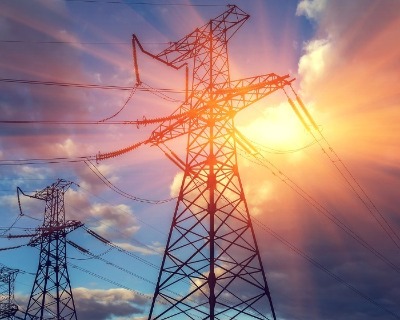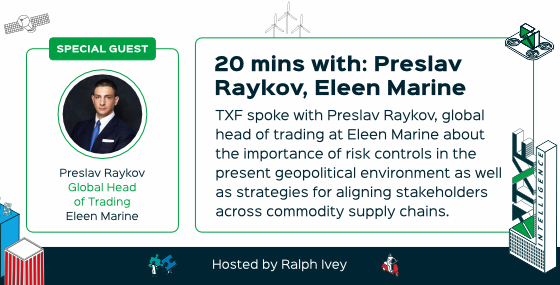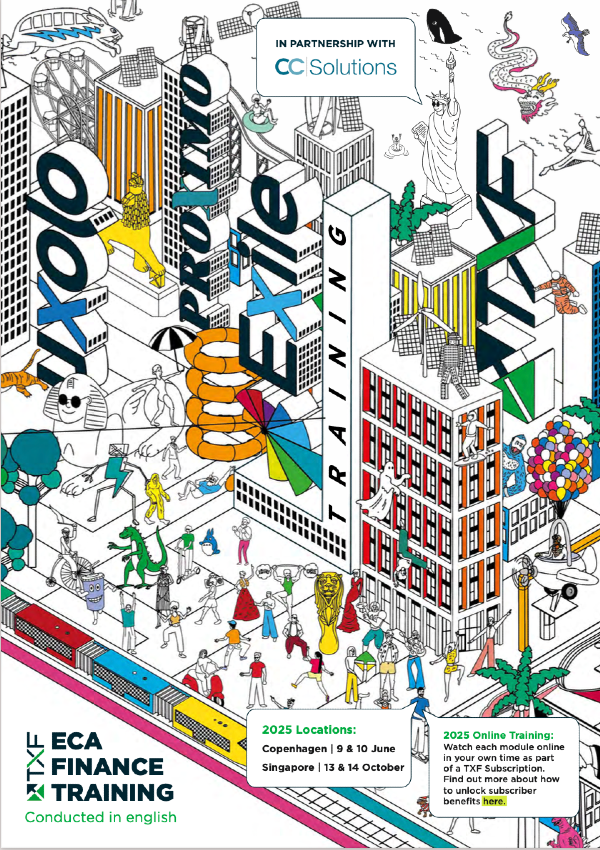Global project finance trends in 2018
TXF’s Global Project Finance Day in Prague at the start of this month threw out some big numbers on global infrastructure needs as well as some strong predictions on the financing trends for energy and infra projects as we move into an era of sustainable infrastructure. Here are the top 10 takeaways..

Paul Nicholson, head of project finance and capital markets content at TXF, highlights his top ten takeaways from project finance day:
1. The global infra need is $94 trillion to 2040: urbanisation and climate change are the two biggest drivers of infrastructure need globally, and technology is the key factor changing infrastructure, especially in energy and transport.
2. Bank finance for sustainable infrastructure is unlikely to be priced differently to traditional project finance loans; indeed the cost of borrowing may be more expensive due to reporting requirements for green finance. The ‘Green Supporting Factor’ (EU proposals to encourage banks to lend by reducing capital allocation for green investments) is unwelcome; banks don’t need regulatory interventions to lend into green projects.
3. Credit guarantees and de-risking products, including political risk insurance, will continue to be an essential feature of emerging market or sub investment grade projects for greenfield assets.
4. The project bond market is unlikely to grow significantly for greenfield due to investors being uncomfortable with construction risk, but the bond refinancing market will grow.
5. The rise of institutional investors such as pension funds and life assurance companies in brownfield investment grade assets will grow as more trustees and asset managers get comfortable with the infrastructure asset class and core plus investing.
6. There is strong global liquidity for project finance but a shortage of ‘bankable’ projects, which means that there will continue to be infrastructure gaps in both developed and developing economies. In frontier economies however, even ‘bankable’ projects may not get financed without sufficient credit guarantees.
7. America has the greatest infrastructure gap, and Asia has the greatest infrastructure need, according to the Global Infrastructure Hub. Highest yields for projects will be in Africa, whilst political risk remains the greatest factor in the credit rating of a project for lenders and investors.
8. PPPs have gone in and out of political favour in various jurisdictions yet remain the standard de-risking model for public sector projects to attract private finance and are likely to grow in number as countries develop new infrastructure plans.
9. Equity funds are increasingly investing in infrastructure assets however portfolio strategies are conservative, with investment grade brownfield assets in developed economies core targets.
10. Europe is extending the ESFI for projects until 2020; the UK is marketing mega projects including the $14 billion Heathrow expansion project, as well as smaller projects to global lenders and investors, whilst Russia is developing its own institutional market for project bonds.





